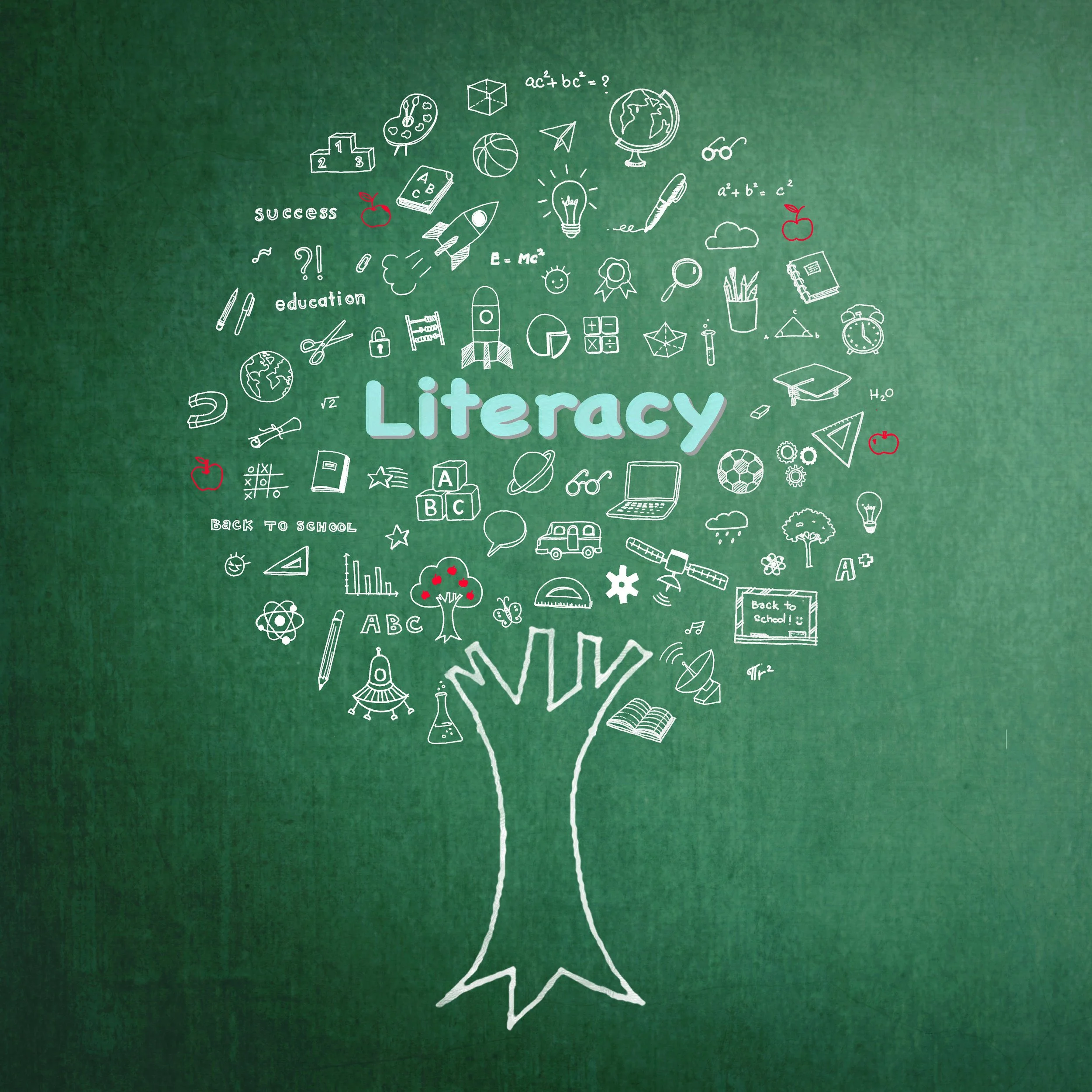Science of Reading & Structured Literacy
The science of reading is a vast, interdisciplinary body of research that explores how people learn to read and the most effective ways to teach reading. It's not a single program or method, but rather a body of knowledge built on decades of research in fields like cognitive science, linguistics, and psychology. This research informs best practices in literacy instruction, emphasizing the importance of phonemic awareness, phonics, fluency, vocabulary, and comprehension.
Structured literacy is an evidence-based approach to reading instruction that directly applies the principles of the science of reading. The science of reading is a body of research encompassing how people learn to read, while structured literacy is the practical application of this research in the classroom (or at home). Essentially, structured literacy is the "how" of teaching reading based on "what" the science of reading has revealed.
Here's a more detailed explanation:
Key Components of the Science of Reading:
Phonological and Phonemic Awareness: The ability to recognize and manipulate the sounds of spoken language.
Phonics: Understanding the relationship between letters and sounds, and using this knowledge to decode words.
Fluency: The ability to read accurately, quickly, and with expression.
Vocabulary: Knowledge of the meaning of words.
Comprehension: The ultimate goal of reading, which is to understand what is read.
The Science of Reading is NOT:
A specific program or curriculum.
Just about phonics.
A one-size-fits-all approach.
A new or trendy idea. Research on how children learn to read has been ongoing for decades.
Why is the Science of Reading Important?
It helps educators understand how students learn to read, leading to more effective teaching practices and improved reading outcomes for all students.
Identification of Struggling Readers:
It provides insights into why some students struggle with reading and how to best support them.
It guides educators in designing and implementing literacy instruction that is based on the best available evidence.
By providing a framework for effective reading instruction, it can help address the literacy gap and ensure that all students have the opportunity to become successful readers.
Structured Literacy:
Definition:
Structured literacy is an instructional approach that uses the principles of the science of reading to teach foundational reading skills.
Focus:
It emphasizes systematic, explicit, and cumulative instruction in foundational reading skills, including phonemic awareness, phonics, vocabulary, fluency, and comprehension.
Goal:
To provide a structured and systematic way to teach reading to all students, including those who struggle, by directly applying the research-backed principles of the science of reading.
Learn More:
Science of Reading: Evidence-based, Road-tested Programs Enable All Children to Learn to Read
